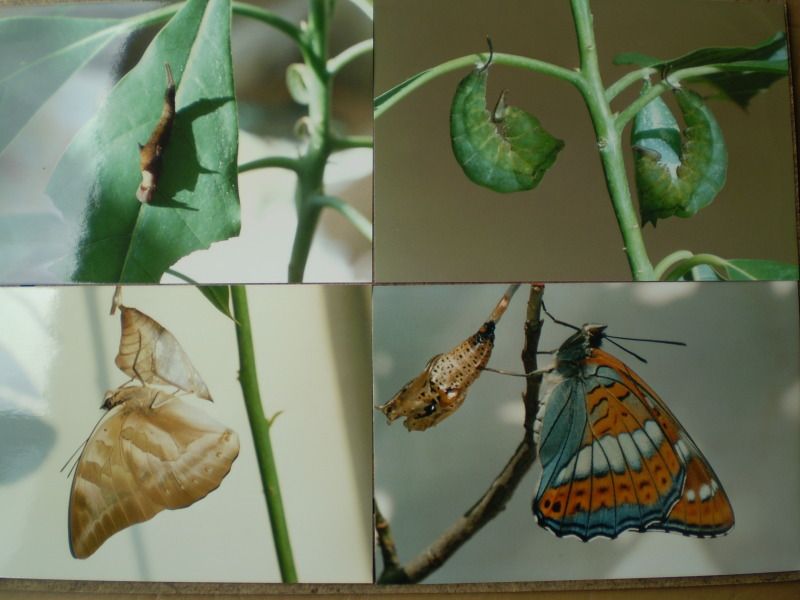I arrived at my chosen site at 10h00 and between then and 12h00 saw at least 6 and possibly 8 males. About then, Matt Rowlings telephoned to say the day was too hot where he was and nothing was flying, so I encouraged him to join me at the populi site, with the caveat that numbers would probably go down in the afternoon. They didn't. Minnie and I waited for Matt at the parking spot, watching a very amenable male. Matt arrived, quickly followed by some walkers with two huge hounds, and still the populi stayed there, intent on taking minerals. I showed Matt the populi track I had discovered and in two hours we saw 10 individuals, all males. There is no Swiss signal there (only French) so I didn't get CC's request for habitat pictures. But essentially the males fly independently of aspen, near at least one area where aspen is very dense. They also kept very much to the shade - more so than the hyper-abundant camilla - making photography strangely difficult for such a huge, easy butterfly.
Some pictures:




(a medium-sized male dwarfs camilla)



(but sometimes camilla trampled on populi)

(OK - populi's bigger)
This one has particularly strong white bands on the hindwing:


(trousers courtesy of Matt)

That individual was easy to pick up. The finger is Matt's:


Two populi in this picture...

... and in this:



Matt in action:

This really doesn't happen very often! A good day.
Guy















